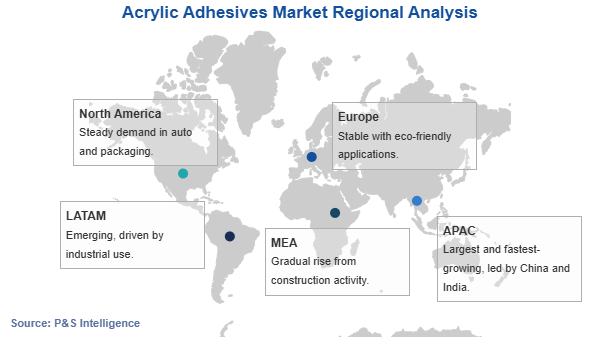Key Highlights
| Study Period | 2019 - 2032 |
| Market Size in 2024 | USD 14.3 billion |
| Market Size in 2025 | USD 15.0 billion |
| Market Size by 2032 | USD 22.9 billion |
| Projected CAGR | 6.2% |
| Largest Region | Asia-Pacific |
| Fastest Growing Region | Asia-Pacific |
| Market Structure | Fragmented |





